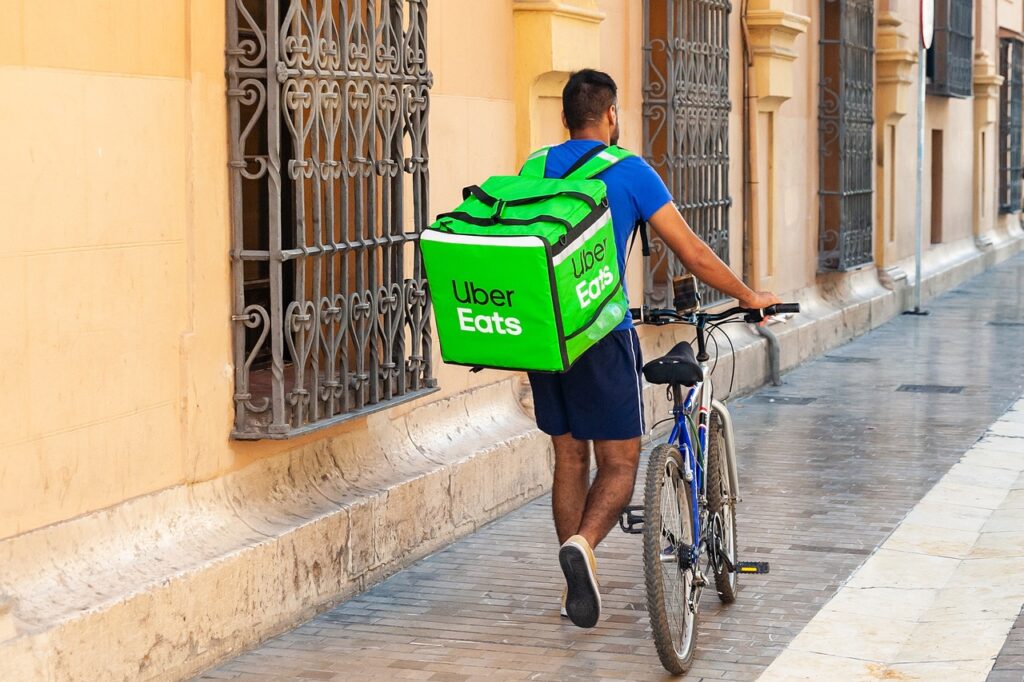The Gig Economy and its continuing evolution was and is unexpected. It is also intriguing. Clearly disruptive it is proving positive on many fronts.
The role of start-ups as catalyst for the gig economy
Let’s take a look at the precursor and catalyst for the emergence of the gig economy.
The “start-ups” clearly led the way. Over a period of 2 decades they were actively looking for a new and better operating model even if they did not realise it initially.
At the forefront it was and still is predicated on better and more innovative technology.
The focus is the growing digital online marketplace. Fed by these innovations, many experimental, and with greater acceptance by the younger generation the landscape began to take shape.
In an odd way it was solutions looking for problems.
First Movers
The first break-throughs were ride-hailing and new payment platform apps. Uber and PayPal come to mind. You did not need a business or past experience to get involved if want to be a service provider. One only needed to go online.
It offered fuss free enrolment, ease of use and by the next day you were good to go. Both for the consumer and the engaging businesses.
More importantly these apps and platforms were maintained and improved by others, helping to lower the cost for businesses.
The gig economy starts emerging
It started with ordinary folks stepping to ferry passengers or deliver a product with flexibility stepped in usually as part-time work. They are not the usual staff or employees but independent operators.
The gig economy prefers to call these service providers partners. Not tied down to employers nor had to follow corporate rules, they valued their freedom and the ability to make choices.
Flexibility became a key component of the model. You could pick the hours and or the days. Some preferred weekends and others took the night shift.
They came in the form of students keen to pay off their tuition, and those between jobs. It also drew in the already employed looking to supplement their income.
Interestingly you could bring along your own means of transport whether it was a push bike, motorised scooter or vehicle. No brand or badge needed. .
Businesses benefited as no additional staff were added to their payroll. Staff cost are usually the biggest or the second biggest cost component of a business.
A second chance for some
It was not just about income or finance. For some there was an emotional impact that should not be missed or understated.
People who struggled to find steady employment or who previously left employment and had difficulty getting back. They found this avenue fortuitous or even god sent.
It helped lift confidence and life made sense again. Not a financial windfall but it covered expenses and put food on the table. A safety line that held the family and their mentality welbeing..
Getting onboard
Gig employment did not follow the traditional recruitment convention as phone app and online applications and interfaces took over. Online applications typically processed within an hour. Bureaucracy was taken out.
Selfie photo attached, background checks done on the fly with requisite criteria met, you were onboarded.
Pensioners are also back in the game, doing deliveries or into ride hailing. Some doing it to kill the boredom. Others to cover cost of the car ownership or even saving up for a holiday overseas. The model made it so much easier and became a second wind I suppose.
Freelance forums
The gig did not just stop at ride hailing or food delivery but had other platform that was not dependent on smartphones. And they had all elements of the gig economy.
Graphics designers, educators, web developers, software developers as well as photographers, media editors, proofreaders took to the new road.
They became freelancers on the internet. They sign up to sector specific freelance forums, advertise their credentials, bid for work and engage clients online. Some are able to state their terms and fees. Something they could not do in the salaried employment World.
They first try it while in salaried employment. Taking on small assignments outside work and online. Done to test the waters and supplement their income. Once they realise a steady income stream is possible, they move with confidence to become fully independent.
The World becomes your oyster
One of the single biggest advantage is the ability to be based anywhere in this World. You need not be in a city. Meet Brett Dev, the Brit.
Brett not only does web development but also runs online tutorials on web development. He also blogs on YouTube on his newly found lifestyle as a member of the gig economy. Bret is based in Chiang Mai, Northern Thailand doing web design.
For the logo and graphics parts of the assignment, he might assign it to an Aussie graphic design collaborator in Bali to complete the work. The possibilities continue to increase with time.
And you also need not be land based. This sailing couple do freelance work online while seeing the World.
Completing a gig and moving to the next
On completing an assignment, a Zoom session is setup with the client that commissioned the assignment.
The session will allow for a walk-thru of the work done and to see if revisions are necessary. Payments for completed work are typically carried out on various platforms such as PayPal.
Client testimonials are then attached to the online profile to garner more work. And the cycle continues.
Like everything else there are also consequences which I will cover these in a subsequent posts on the gig economy. .

Pingback: Are Gig Economy Executives a thing yet? | Adelaide wide open